A Gentle Foundation: Choosing Eco-Friendly and Non-Toxic Changing Mats for Your Baby

The changing mat is an essential piece of baby gear, providing a safe and convenient surface for diaper changes, a task performed multiple times a day throughout infancy and toddlerhood. Conventional changing mats are often made from synthetic materials like vinyl (PVC) and polyurethane foam, chosen for their waterproof and wipeable properties. However, these materials can release volatile organic compounds (VOCs) and may contain harmful chemicals like phthalates, raising concerns about potential exposure for babies during this frequent and intimate activity. For environmentally and health-conscious parents, opting for non-toxic and sustainable alternatives for changing mats is a crucial step towards creating a healthier and more responsible nursery.
The concerns surrounding synthetic changing mats stem from their chemical composition and the potential for off-gassing. PVC, in particular, is known to release VOCs and contains phthalates, which are endocrine disruptors that have been linked to various health issues. Polyurethane foam, while often used for cushioning, can also release VOCs. The close proximity of a changing mat to a baby's skin and respiratory system makes minimizing exposure to these potentially harmful chemicals a paramount concern. Furthermore, the production of these synthetic materials relies on fossil fuels, and their non-biodegradable nature contributes to the growing problem of plastic waste.
Fortunately, a variety of safe and sustainable materials offer excellent alternatives for creating non-toxic and eco-friendly changing mats. By choosing mats made from organic cotton, opting for naturally waterproof cork-based pads, or selecting options crafted from recycled textiles, parents can provide a comfortable and hygienic surface for diaper changes without exposing their babies to harmful chemicals or contributing to the burden of plastic waste. These alternatives often prioritize natural and renewable resources, ensuring a gentler foundation for your baby's care.
Pure Comfort, Pure Conscience: Exploring Eco-Friendly Changing Mat Alternatives
Moving beyond the potential concerns of synthetic materials opens up a world of safer and more sustainable options for your baby's changing needs:
Organic Cotton Mats: Softness and Chemical-Free Comfort
Organic cotton changing mats offer a naturally soft, breathable, and chemical-free surface for diaper changes. Grown without the use of synthetic pesticides and fertilizers, organic cotton minimizes the risk of exposing a baby's delicate skin to harmful residues. Many organic cotton changing mats feature a waterproof layer made from non-toxic materials like polyurethane that is free from PVC and phthalates. Brands like Naturepedic often prioritize organic cotton and other natural materials in their baby bedding and changing pads, ensuring a safe and healthy environment for your little one.
Cork-Based Pads: Naturally Waterproof and Sustainable
Cork-based changing pads offer a naturally waterproof, durable, and sustainable alternative to synthetic materials. Cork is harvested from the bark of cork oak trees without harming the tree, making it a renewable resource. Its naturally water-resistant properties make it ideal for containing messes during diaper changes, and it provides a firm yet comfortable surface. Cork is also naturally antimicrobial and easy to wipe clean.
Recycled Textile Options: Giving Fabric Waste a Purpose
Changing mats made from recycled textiles offer an innovative and environmentally responsible way to repurpose fabric waste. These mats can be crafted from recycled cotton, hemp, or other reclaimed materials, diverting textiles from landfills and giving them a new, functional purpose. Choosing changing pads made from recycled textiles supports a circular economy and reduces the environmental impact associated with new fabric production.
Completing Your Eco-Friendly Nursery: Mindful Choices
Choosing a non-toxic and sustainable changing mat is a significant step towards creating a healthier and more environmentally responsible nursery. Consider these additional mindful practices:
- Reusable Changing Pad Covers: Opt for washable changing pad covers made from organic cotton or other natural fabrics instead of disposable ones.
- Minimal Cleaning Products: Use gentle, natural cleaning solutions for wiping down your changing mat.
- Air Dry When Possible: Allow your changing mat cover to air dry to conserve energy.
By consciously choosing eco-friendly alternatives for your baby's changing mat and embracing other sustainable practices in the nursery, you can create a nurturing and healthy environment for your little one while minimizing your impact on the planet.
Related Blogs

Unplug and Imagine: Choosing Battery-Free Toys for Engaging and Sustainable Playtime
Foster imagination and save energy with manual musical toys, story books, and nature play.
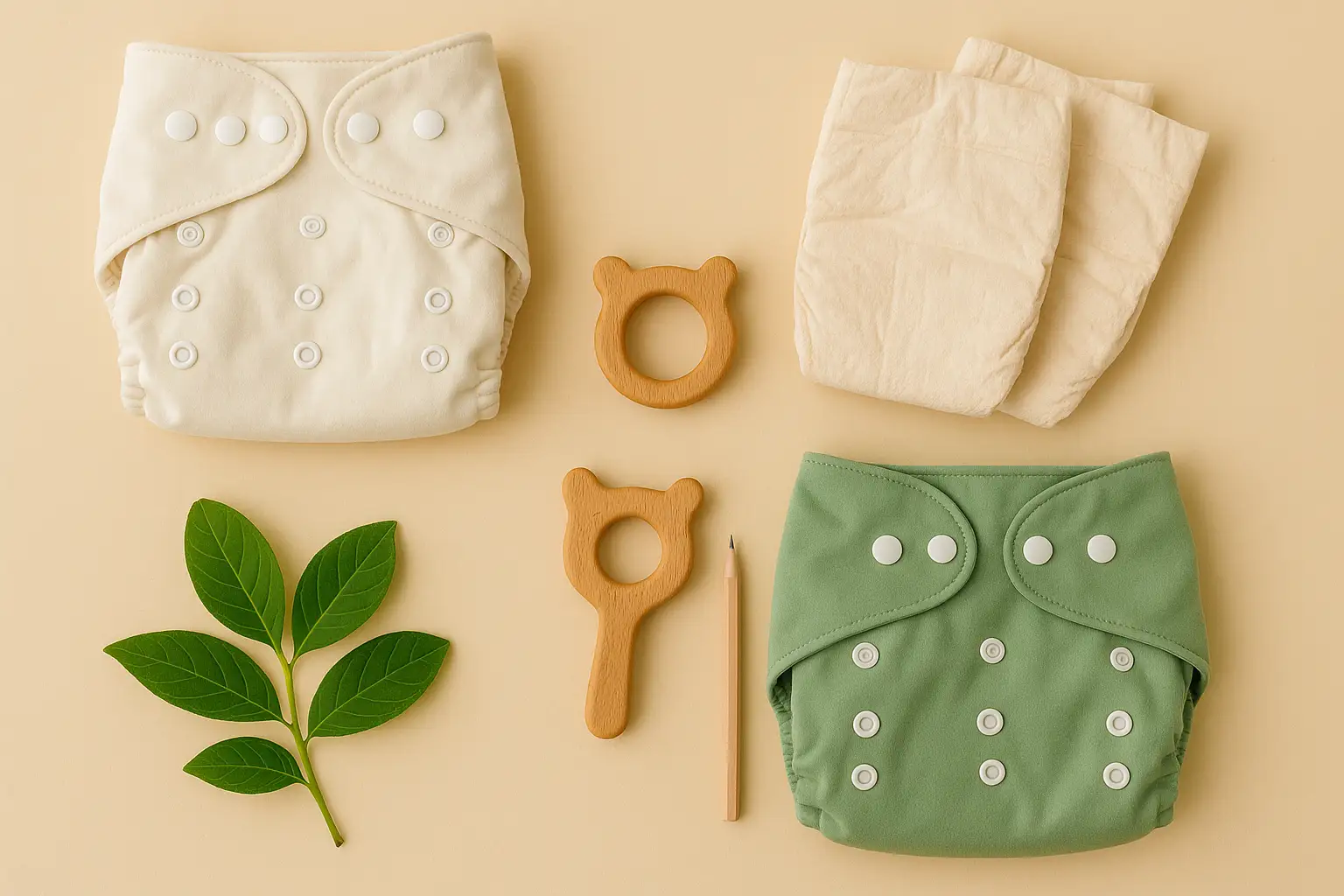
The Great Diaper Debate: Navigating Cloth vs. Eco-Disposables for a Sustainable Start
Comparison of sustainable alternatives to help you make informed decisions.
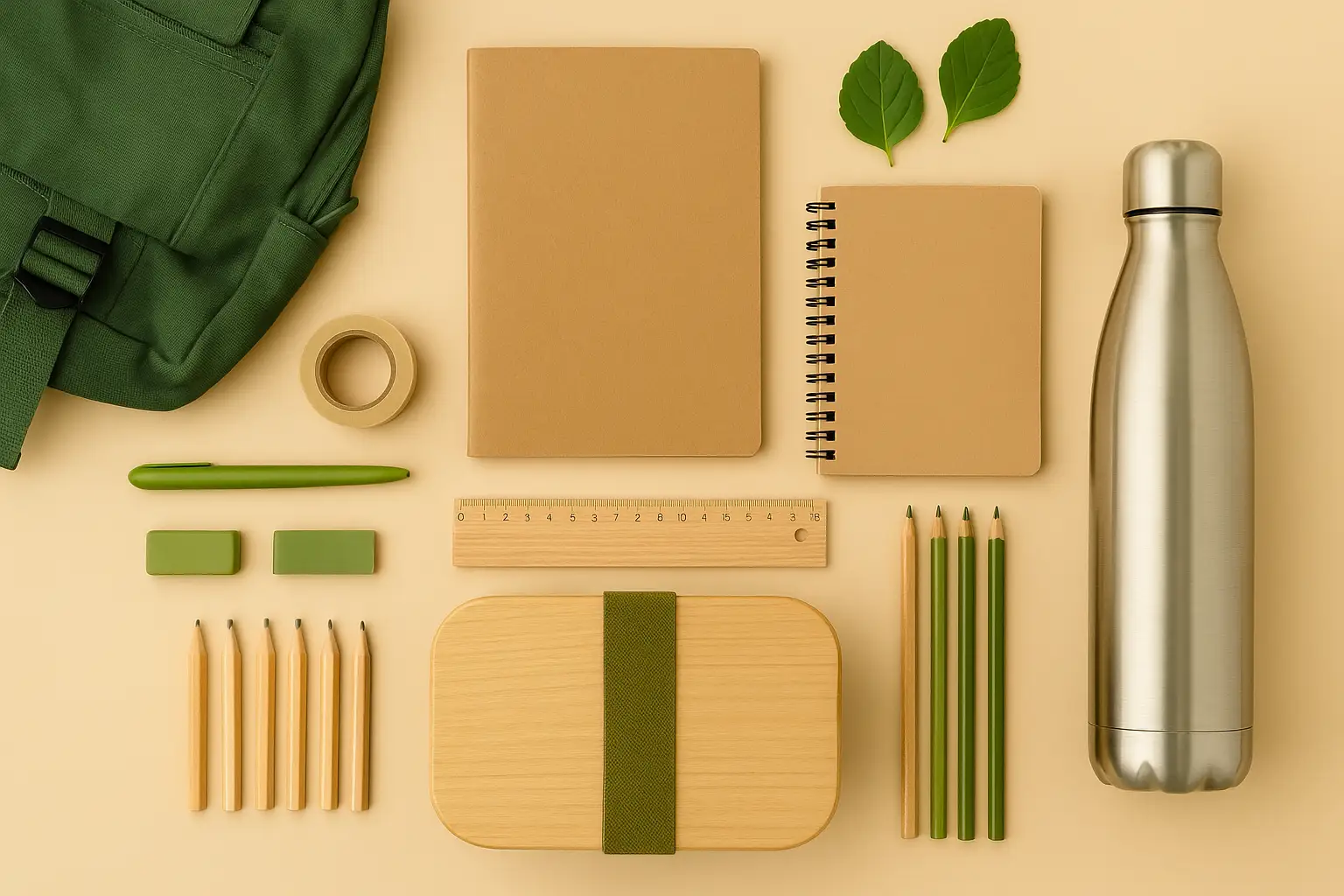
Equipping Young Minds, Protecting Our Planet: Sustainable School Supplies Kit
Insights on creating a sustainable school supplies kit in a sustainable way.
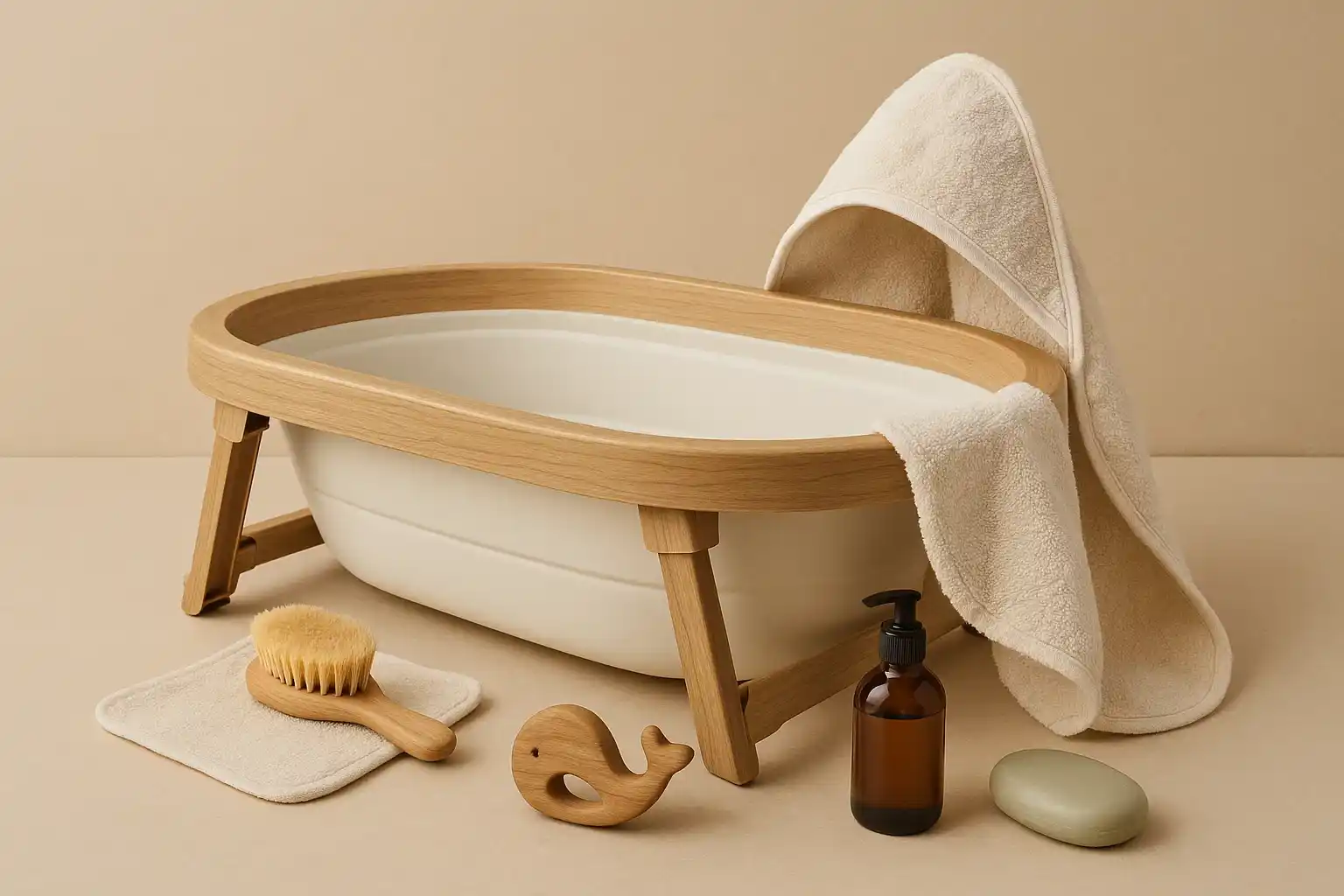
Bathtime, Simplified: Eco-Friendly Alternatives to Bulky Plastic Baby Baths
Reduce manufacturing impact and clutter with sink bath seats, inflatable tubs, or repurposed containers.
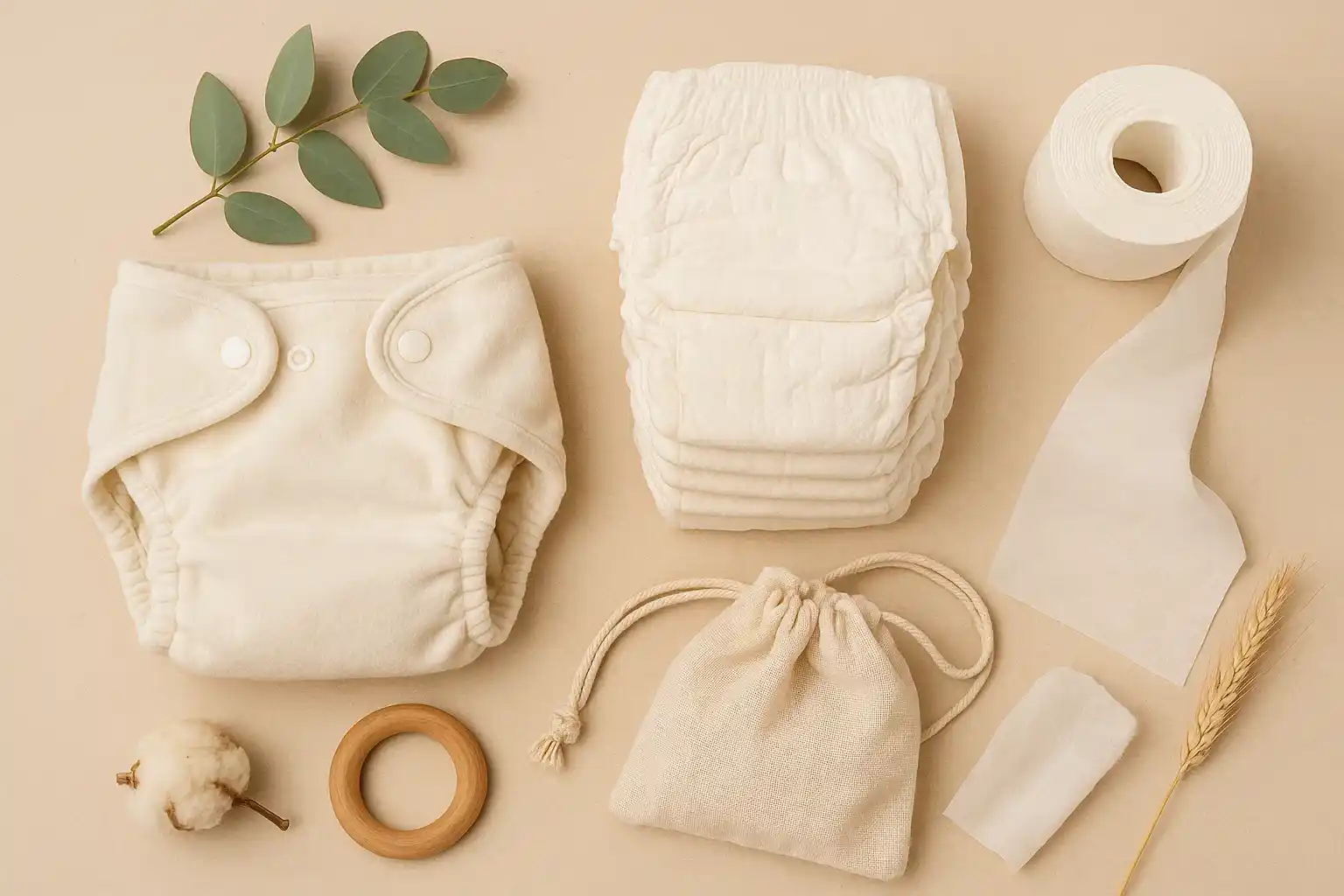
Diapering with Intention: Exploring Eco-Friendly Alternatives to Disposable Diapers
Cut down drastically on landfill waste with cloth, compostable, or hybrid diaper systems.
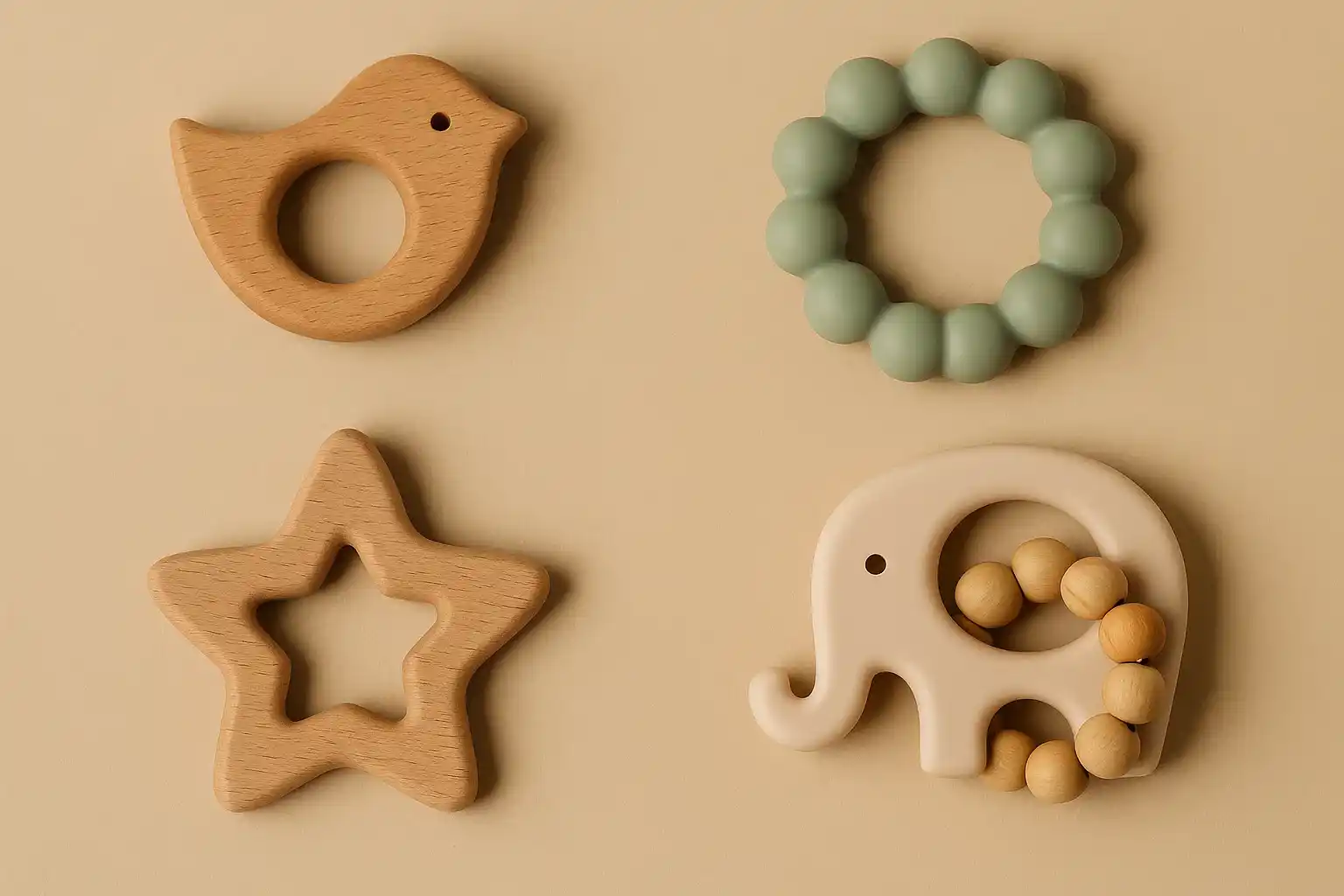
Chew with Confidence: Choosing Non-Toxic and Sustainable Alternatives to Plastic Teethers
Opt for safer natural rubber, wooden, or silicone-free teethers to avoid synthetic chemicals.
Stay in the Loop
Get tips and insights tailored to your interests — no spam, just sustainability.